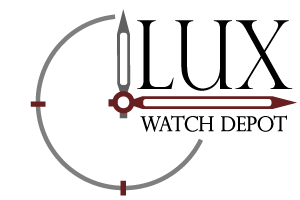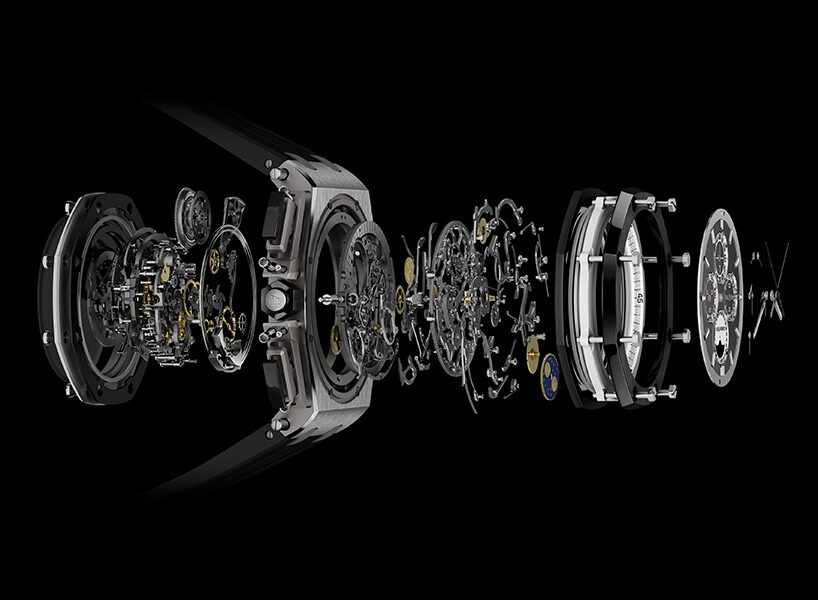The high end luxury timepiece is far greater than just a piece of equipment to tell time. Its a lifestyle accessory, and an object of prestige. Luxury timepieces are manufactured of high quality materials, are often hand made with painstaking attention to detail, and sometimes in limited edition runs.
Following is a glossary of terms related to high end watches.
- Aperture: Small window in watch face showcasing a complication.
- Bezel: The circular piece which joins the crystal to the dial of the watch.
- Calibre: Synonymous with movement
- Case: The shell of the timepiece containing the movement, dial, and hands.
- Chronograph: A type of watch with a stopwatch function included. These type of watches are used for measuring time windows such as for timing sports events.
- Complication: An additional feature of a mechanical timepiece such as: chronograph, calendar, date display, time zone display, moon phase display. The higher the number of complications, the more prestigious the timepiece.
- COSC: The Contrôle Officiel Suisse des Chronomètres is the industry standard organization for the testing of Swiss timepieces for accuracy and precision.
- Crown: Watch component used to change the time or wind the timepiece.
- Crystal: The watch dial’s cover.
- Dial: Is the face of the watch, or primary disk from which user reads time.
- Escapement: Device in mechanical watches which checks and releases the train by a fixed amount, transfering energy to the timekeeping element of the timepiece.
- Flying Tourbillion: Is a cantilevered tourbillion being supported by only one side instead of from both top and bottom.
- Helium Escape Valve: Component on diver’s watches that releases pressure inside timepiece to prevent damage in extreme ocean depths.
- Horology: The study or appreciation of the art and science associated with the measurement of time.
- Lugs: Area where case of watch connects to the bracelet or strap.
- Moon Phase: A complication which displays waxing or waning of moon in its cycle.
- Movement: The engine of the watch enabling it to keep time. A watch movement can be either mechanical or electronic (quartz) based. Enthusiasts prefer mechanical watches in appreciation for the elegance and sophistication of their construction
- Perpetual Calendar: It does not need to be adjusted for month.
- Power Reserve: Indicator of time until timepiece needs winding.
- Tachymeter: Feature of chronographs measuring speed over a fixed distance.
- Tourbillion: A mechanism which counters effects of gravity to prevent errors in watch escapement. High end watches showcase this addition with a viewing window showing the movement.
- Winding: Process of rotating the crown or winder to tighten the watches mainspring to power the movement.

